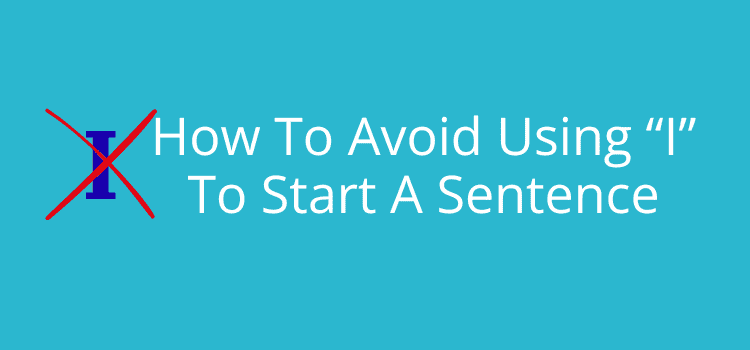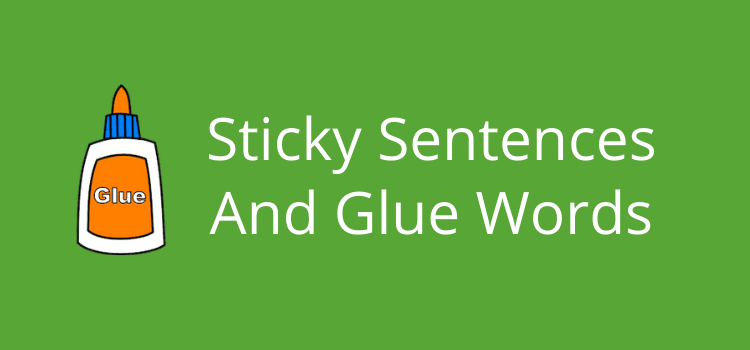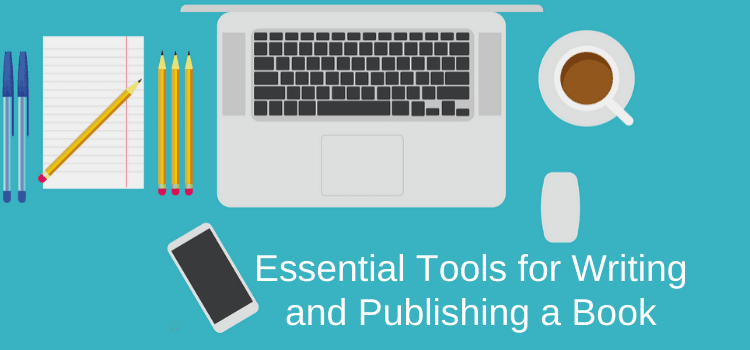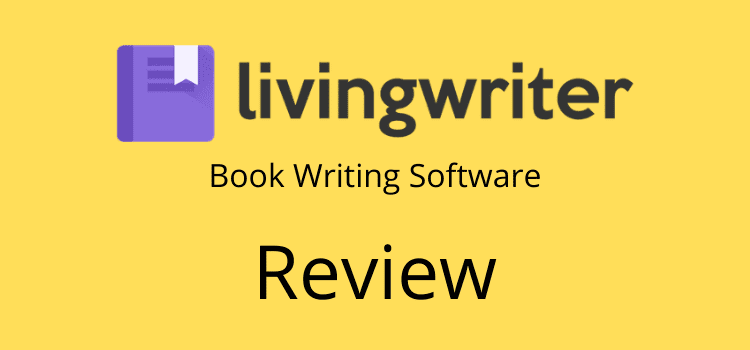
If you find yourself wanting to avoid using “I” to start a sentence, don’t worry, because it’s a common issue.
It doesn’t matter if you are writing emails, reports, letters, social media posts, or even books; you need more variety.
When too many of your sentences start with “I,” your writing can seem repetitive, flat, or even self-centered.
But the good news is that this is a very easy problem to fix. Once you grasp a few simple techniques, you can vary your sentence openings without much effort at all.
What’s wrong with starting a sentence with “I”?
If you start too many sentences with “I,” it’s not only unnecessarily repetitive but also very dull for a reader.
It draws attention away from your main points or ideas because it reads as if it’s all about you.
In any form of writing, it’s far better to restructure sentences to overcome the problem.
Using “I” too often is sometimes seen as only a problem for authors writing a book in the first-person narrative.
But that’s not the case at all.
In all forms of writing, and especially in business correspondence, moving or removing “I” in sentences is a good way to connect with the recipient or reader.
Even for social media posts, adjusting the opening of your sentences can help with engagement and make your posts more interesting.
If you are writing blogs or articles, focusing on yourself too much will lessen the impact of your advice or ideas.
The reason we sometimes use it too much is that subject-verb sentences are quick and easy to write.
So, it’s similar to overusing he, she, and it to start a sentence.
What can you do to fix it?
I always try to fix this problem. I really do!
But changing the habit of starting too many sentences with “I” is much easier than you think.
The best approach is to look for quick, simple ways to move the focus from yourself to later in the sentence.
One idea is to start a sentence with what happened first. It changes the rhythm and makes your writing more appealing for the reader.
You could also highlight someone or something else in the sentence. It might be a colleague, a team, or even an object.
Sometimes simply changing the order of your words can make a big difference.
Beginning with a time or place can also help. For example, try “Yesterday morning, I sent the report” instead of “I sent the report yesterday morning.”
You can also use questions to include your reader and break up repetitive sentence openings.
Another easy move is to combine short sentences that all start with “I” into a single, more flowing sentence.
Try starting a sentence with a phrase or clause that describes how you do something, rather than focusing on yourself.
Using a little variety in the length and style of sentences goes a long way.
Even in emails or social posts, simply changing one or two sentence openings can make your writing feel more inclusive.
Don’t worry about getting everything perfect immediately. If you experiment with moving things around, it will become much easier over time.
To help you with options and give a clearer picture, the next section shows you examples with practical grammar points, including before-and-after versions.
15 Sentence structures to avoid using “I”
You won’t use all the structures I have listed below. However, you might find three or four that can help you quite quickly.
The only thing to keep in mind is that when you see a sentence starting with “I”, ask yourself if you need it.
In most cases, you can edit it without changing the meaning of your original sentence.
Here are 15 practical ways you can rework your writing to avoid using “I” to start a sentence.
1. Start with an action
Starting a sentence with an action gets to the point quickly and is easy to use in formal or casual writing.
Before: I submitted the marketing plan to my manager for review.
After: Submitting the marketing plan to my manager, I made sure it was ready for review.
2. Begin with a time clause
Using a time reference in a sentence is great for variety and setting the context.
Before: I arrived late for the seminar and missed the opening discussion.
After: Yesterday morning, I arrived late for the seminar, missing the opening discussion.
3. Use a prepositional phrase
When you start with a preposition, you only need a couple of extra words to complete the prepositional phrase.
Before: I finished the software upgrade ahead of schedule and impressed my client.
After: In plenty of time, I finished the software upgrade ahead of schedule, impressing my client.
4. Highlight someone or something else
The easiest way to move “I” away from the start of a sentence is to use the object as the new subject.
Before: I congratulated the team on their victory.
After: The team received my congratulations on their victory.
5. Start with an adverbial phrase
Starting with an adverb can explain how, when, or why upfront.
Before: I explained the guidelines clearly.
After: Clearly and patiently, I explained the guidelines, so everyone could follow along.
6. Combine short sentences
If you have a cluster of short sentences, you can usually merge them.
Before: I wrote the report. I emailed it to my manager. I received feedback quickly.
After: I wrote the report and emailed it to my manager, who provided quick feedback.
7. Use a participial phrase
It’s sometimes called a participle phrase. It means a clause using a present or past participle.
Before: I stayed up late to finish the chapter draft so it was ready for my editor.
After: Staying up late to finish the chapter draft, I made sure it was ready for my editor.
8. Ask a question
Questions are a quick fix. Simply turn any sentence into a question.
Before: I wasn’t sure how to use it.
After: How should I use it?
9. Use the passive voice (occasionally)
You don’t want to use the passive too often, but it can come in handy for changing a sentence.
Before: I sent an invitation to the mayor.
After: An invitation was sent to the mayor.
10. Start with the recipient or audience
Moving the intended audience is sometimes a good idea for letters, emails, and reports.
Before: I wrote an email to my publisher about the book cover ideas.
After: To update my publisher, I wrote an email about the book cover ideas.
11. Lead with a result or outcome
Stating a result first instead of yourself talks about the impact of the action.
Before: I completed the installation thanks to careful planning and attention to detail.
After: The installation was completed successfully, thanks to careful planning and attention to detail.
12. Use an infinitive phrase
Starting with an infinitive verb emphasizes the purpose or intention and moves the “I” later in the sentence.
Before: I checked the accounts thoroughly for errors.
After: To ensure accuracy, I checked the accounts thoroughly before sending them to my manager.
13. Try a cleft sentence
A cleft sentence starts with “It was” or “What” to move the focus of a sentence.
Before: I bought a new car because it was heavily discounted.
After: It was the heavy discount that convinced me to buy a new car.
14. Lead with a scene or setting
Quickly setting the scene is a bit literary, but it works.
Before: I entered the room nervously because I was late.
After: The room was quiet and tense as I entered nervously, hoping no one noticed my tardiness.
15. Start with a descriptive clause
When you use a descriptive clause, it gives instant context.
Before: I opened the email quickly to see the long-awaited update from the client.
After: With excitement and curiosity, I opened the email to see the long-awaited update from the client.
Summary
Getting out of the habit and learning how to avoid using “I” to start a sentence is not difficult.
It’s about being aware of the problem and making changes when you think there’s a better solution.
Most times, it’s just a matter of rearranging your words to suit your message.
Whether you’re writing an email, a report, an article, or a novel, it’s the same for all writers.
You can’t avoid it completely, but you can use more variety and make your writing more readable and interesting.
Related Reading: Polite Words That Will Quietly Weaken Your Writing
Share This Article


